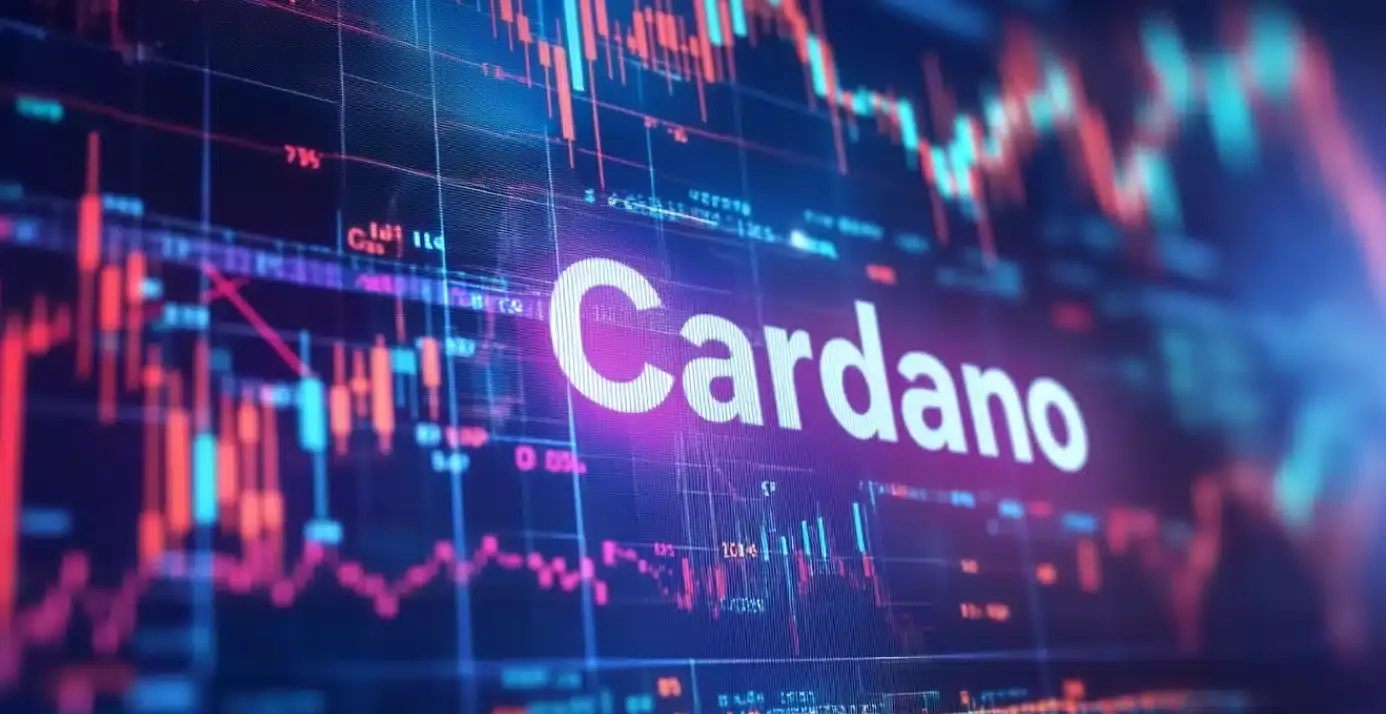Cardano (ADA) finds itself at a pivotal juncture as it hovers around a significant support level of $0.80. This represents a stark decline of over 40% from its December peak. The market dynamics surrounding Cardano have shifted dramatically, particularly following remarks made by its founder, Charles Hoskinson. His critique of rival platforms like Ethereum and Solana has reignited discussions about Cardano’s unique position in the crypto landscape and its strategic focus on a potential integration with Bitcoin.
Hoskinson’s Vision and Aspirations
In a recent extensive YouTube discussion, Hoskinson articulated his vision for Cardano, emphasizing its ambition to become the Decentralized Finance (DeFi) layer for Bitcoin. This approach not only differentiates Cardano from its competitors but also taps into what he perceives as a vast, often overlooked market opportunity valued at approximately $2 trillion. He asserted, “Somebody is going to crack it,” suggesting a deep confidence in Cardano’s plans. This optimism is underpinned by a collaboration with BitcoinOS, anticipated to launch later this year, which could further solidify Cardano’s standing.
Despite Hoskinson’s optimistic outlook, he did not shy away from criticizing the competition. He pointed a finger at Ethereum for fostering layer-2 networks that siphon users away from the main blockchain. Platforms like Arbitrum, Base, and Optimism have shown remarkable growth, managing transactions worth billions with the added benefits of lower fees. This could pose a considerable threat to the Ethereum network and raises questions about Cardano’s strategy in the face of growing competitors.
Moreover, in regard to Solana, Hoskinson expressed skepticism about its long-term viability, arguing that the project’s infrastructure might struggle to manage increased data flow. With the crypto landscape continually evolving, these critiques reveal the underlying tensions among blockchain networks as they strive to capture market share and user engagement.
Looking at Cardano’s price movement, the weekly charts suggest an intricate market pattern with ADA having previously peaked at $1.32 in November. Following this peak, a retracement brought it down to $0.524, positioning the asset within the second phase of the Elliott Wave pattern—a phase commonly followed by a bullish third wave, which historically tends to be the most substantial.
Interestingly, ADA remains above the 50-week moving average, which is often viewed as a bullish indicator, suggesting that market sentiment may still favor a rebound towards the November high. If this trajectory holds, ADA could see a 70% increase from its current levels, sparking renewed interest from investors and traders alike.
Cardano stands steadfast at a crucial time, balancing its attempts to innovate within the blockchain sector against external pressures and competition. As Hoskinson pursues an ambitious vision to integrate with Bitcoin and enhance Cardano’s standing in the DeFi space, the community closely watches its potential market comeback. The future for Cardano is painted with a mixture of opportunity and scrutiny, but optimism within the community and its leadership may ultimately chart a path for recovery.














Leave a Reply